In 2025, Run Her Way launched our first pilot project in Utrecht (The Netherlands), a first test of our city-wide blueprint for safer running.
The goal: to learn what works and to drive lasting improvements in how women and girls experience running through public space.
About the project
WHAT WE DID
Over 6 months, we worked closely with local runners to understand their experiences, safety concerns, and what support they need to feel confident running in the city.
Through surveys, weekly safety check-ins, participatory mapping, and on-the-ground route audits, we gathered detailed input from well over 100 runners, building a multi-layered picture of when, where, and why running feels safe (or not).
We combined this with Strava data, GPS wearables, and field observations to map the routes runners use, the risks they encounter, the improvements they want to see, and why it all matters.
Beyond data, we brought the community together, hosting Bystander Intervention Training for Runners, co-creating space for dialogue with leaders, local residents and partners, and organizing inclusive community runs to reclaim public space.
Together, these efforts represent a comprehensive local blueprint for making running in public space safer for all.
WHAT WE FOUND
Every respondent reported taking at least one safety precaution when running.
60% had experienced harassment or unsafe incidents in the past year.
6% stopped running outdoors altogether because of safety concerns.
Running is restricted. Many participants avoid entire areas, run only during the day, or change their routes or behavior in response to previous incidents or perceived risk.
Lighting and presence of others matter most. These were the top two factors runners said make them feel safer while running.
Areas designed for running and recreation were the most frequently cited as problem areas (green spaces, forests, and paths along waterways).
Infrastructure can be improved. Even on well-used routes, runners cited lighting, toilets, water stations, signage, and unsafe crossings as major issues.
Full data report & recommendations: Coming soon!
WHAT COMES NEXT
We’re now working to turn insights into action. Our next steps include:
Publishing our full insights report, including a set of practical, community-driven safety recommendations.
Releasing a public-facing Safer Running Map, combining runner input with open datasets to highlight preferred routes and areas for improvement.
Continuing route audits across Utrecht to expand and deepen the city’s running safety profile.
Pending partnership and funding support, we aim to bring our recommendations to life. This includes:
Working with stakeholders to review and act on our community-generated safety data
Establishing a safe route accreditation system with clear criteria and public signage
Training and supporting neighborhood Running Champions to lead group runs, activate under-used routes, and create an ongoing feedback loop between runners and the city.
Launching targeted awareness campaigns and bystander training in identified hotspot locations.
Creating a multi-stakeholder taskforce focused on safe movement in public space across Utrecht.

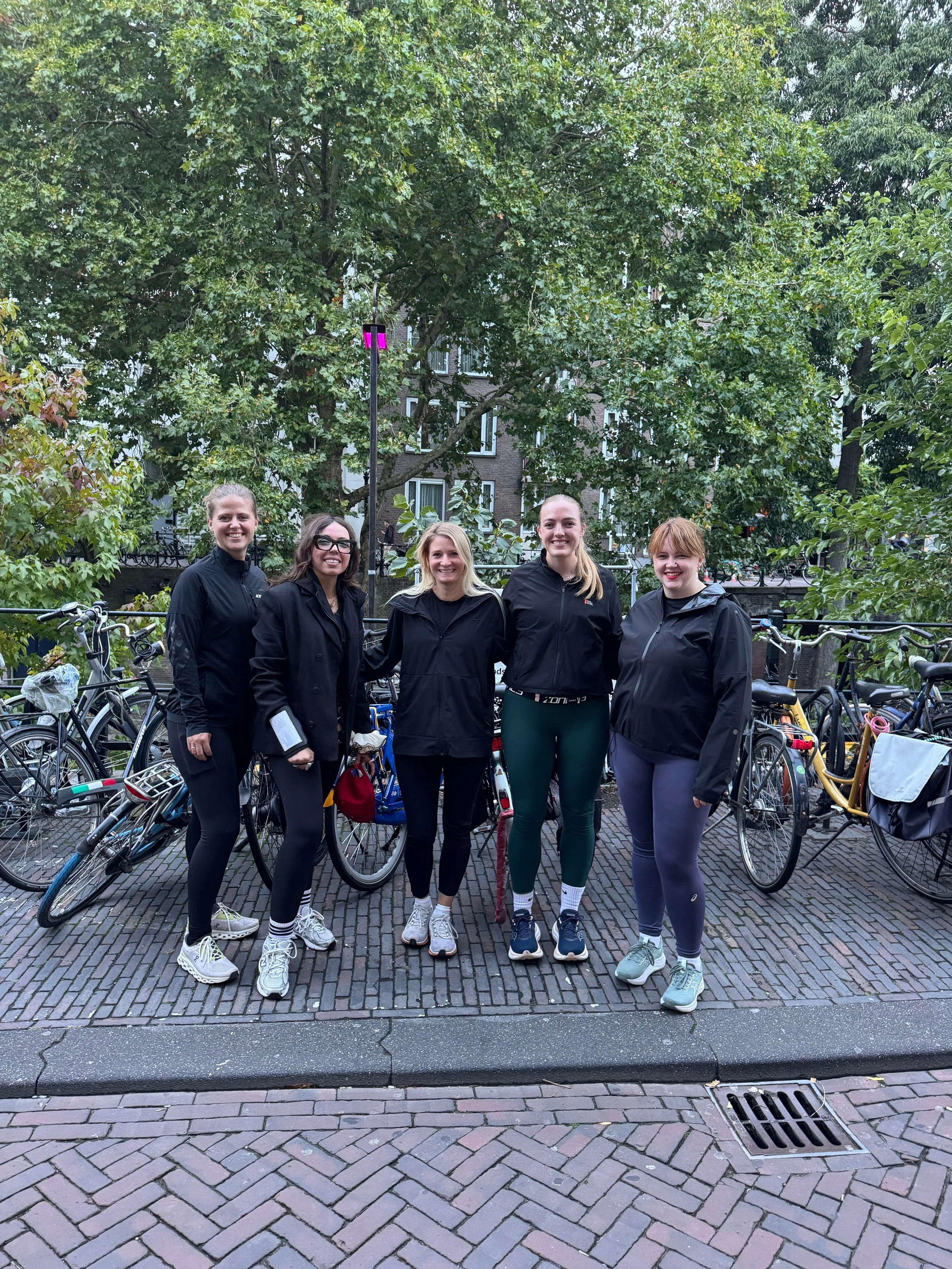
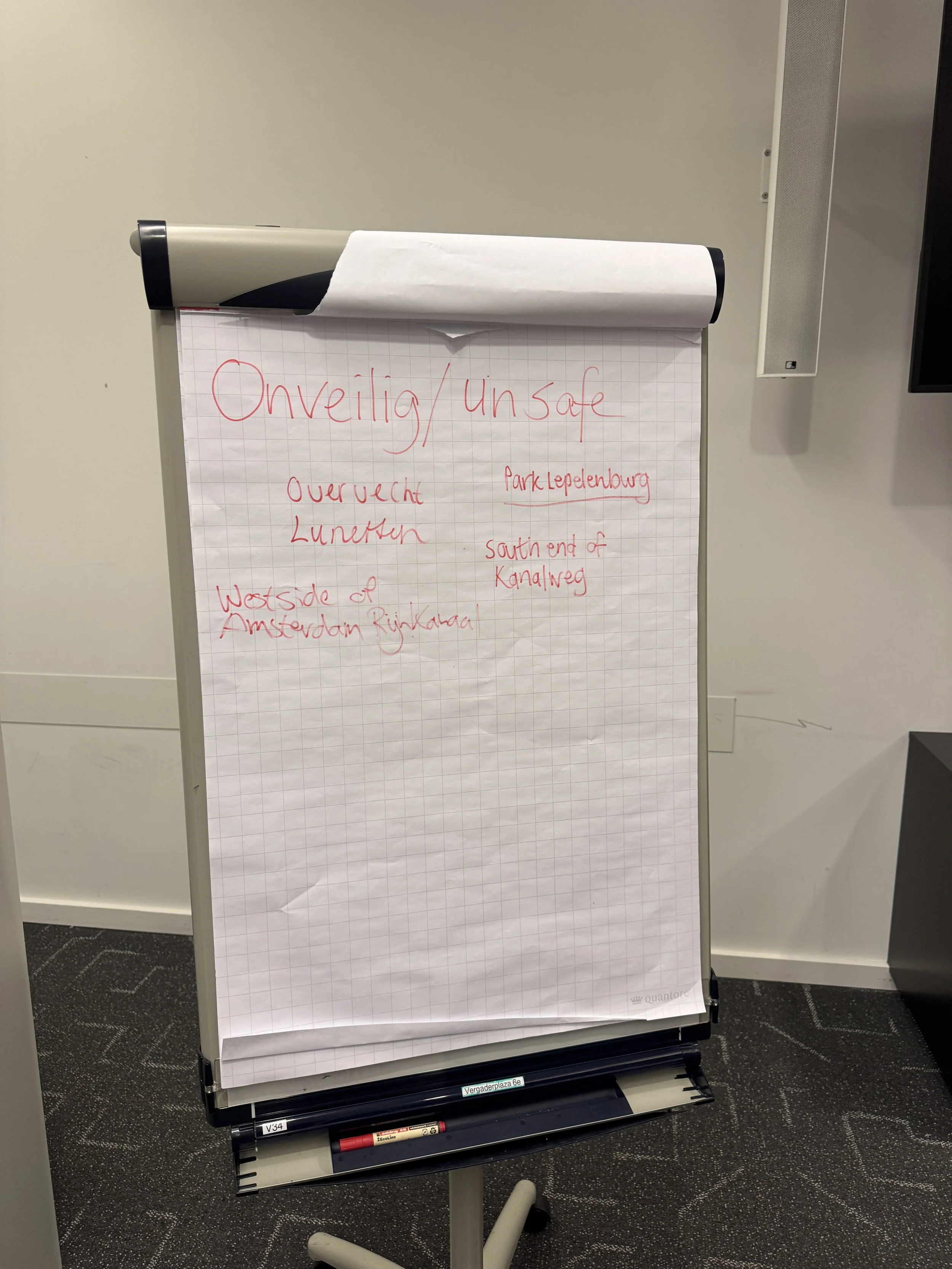
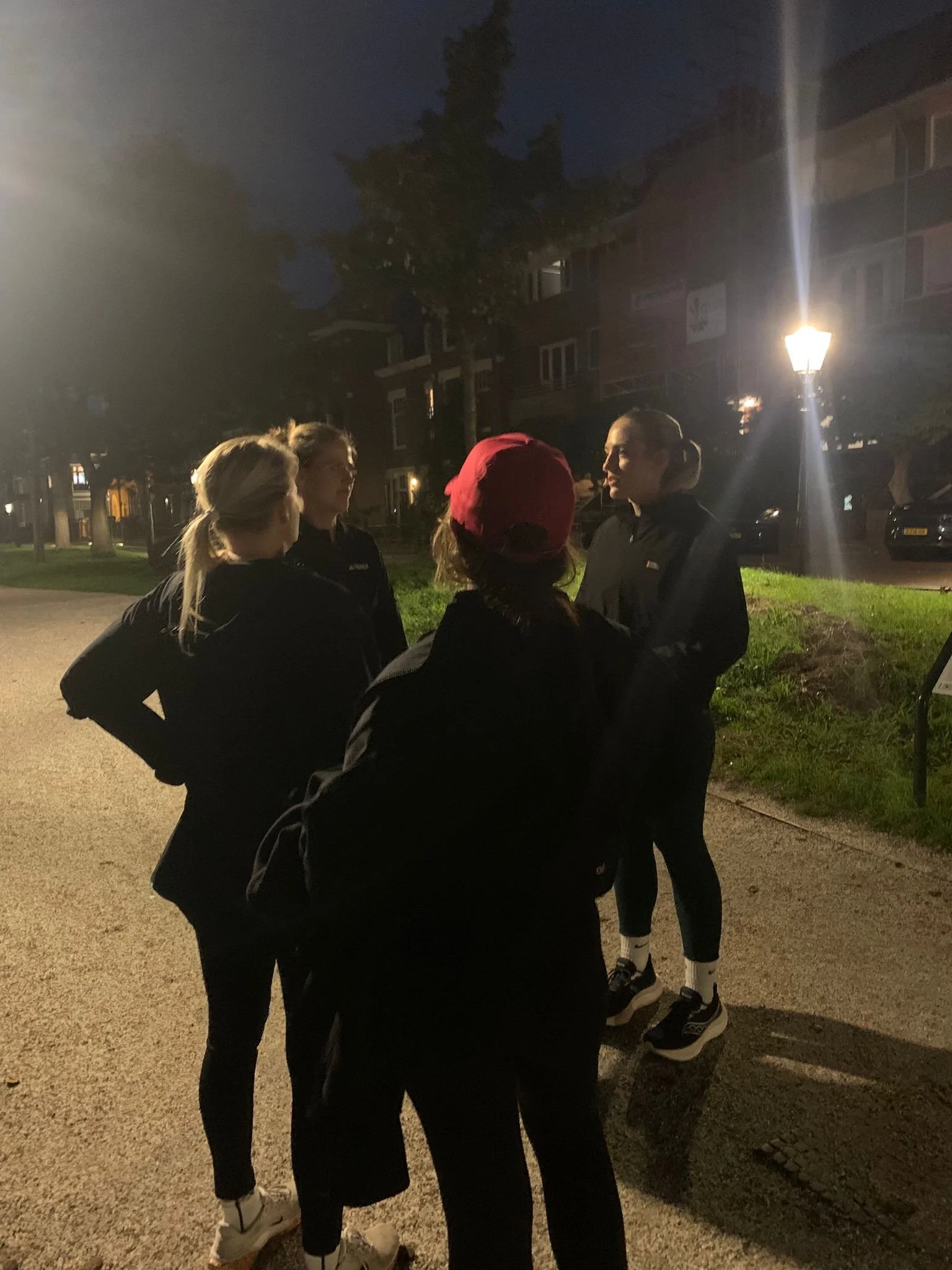
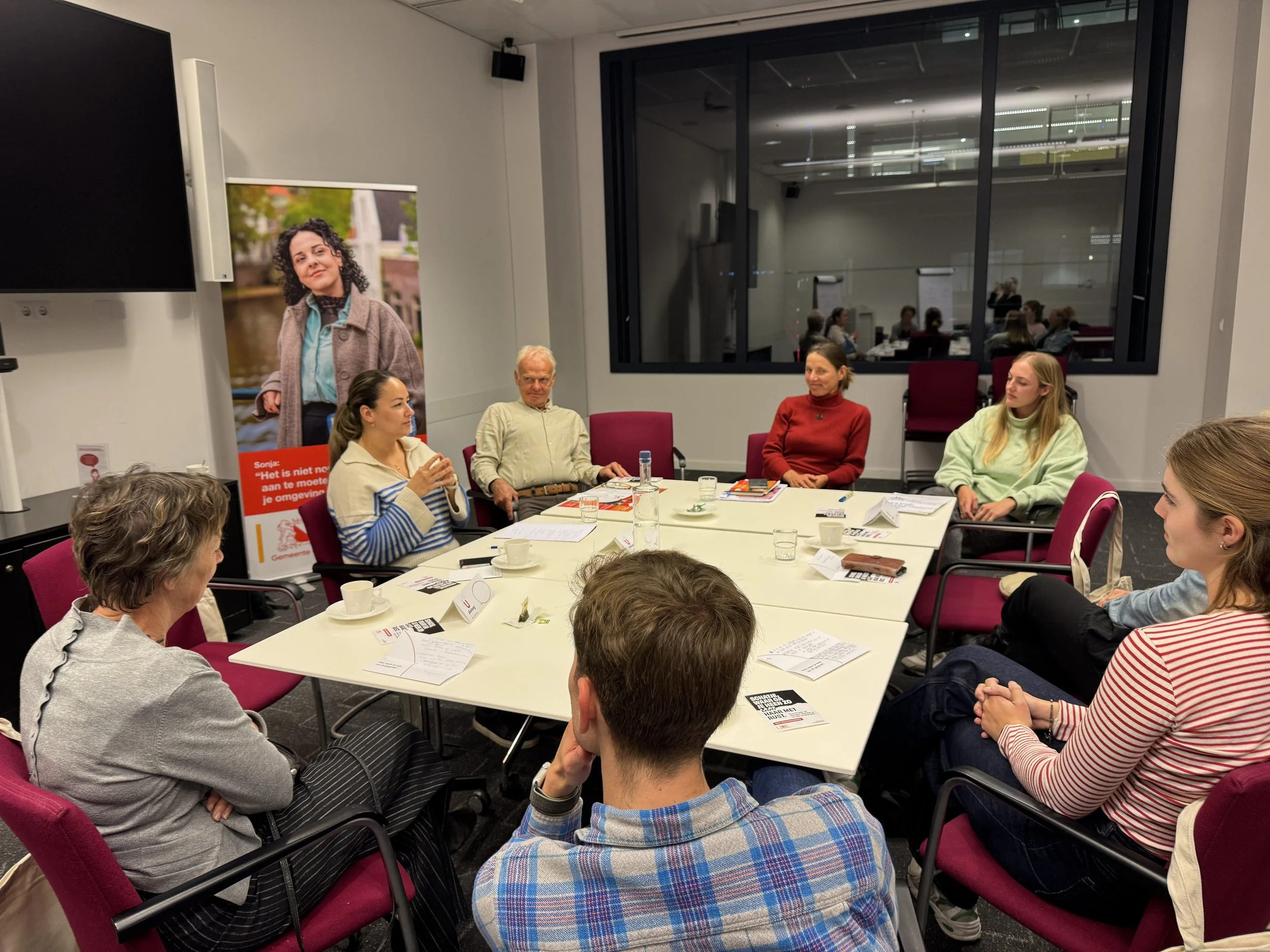
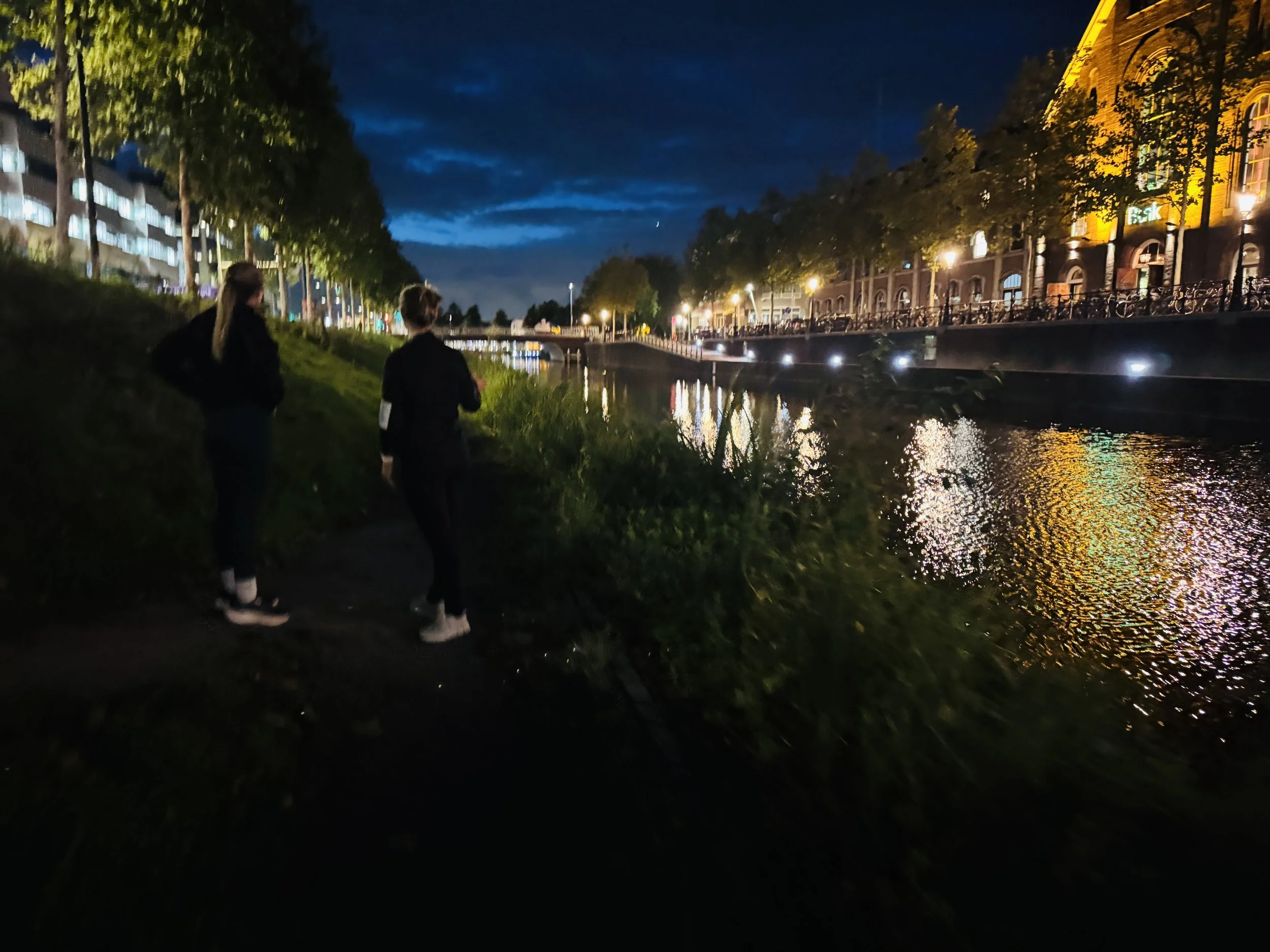
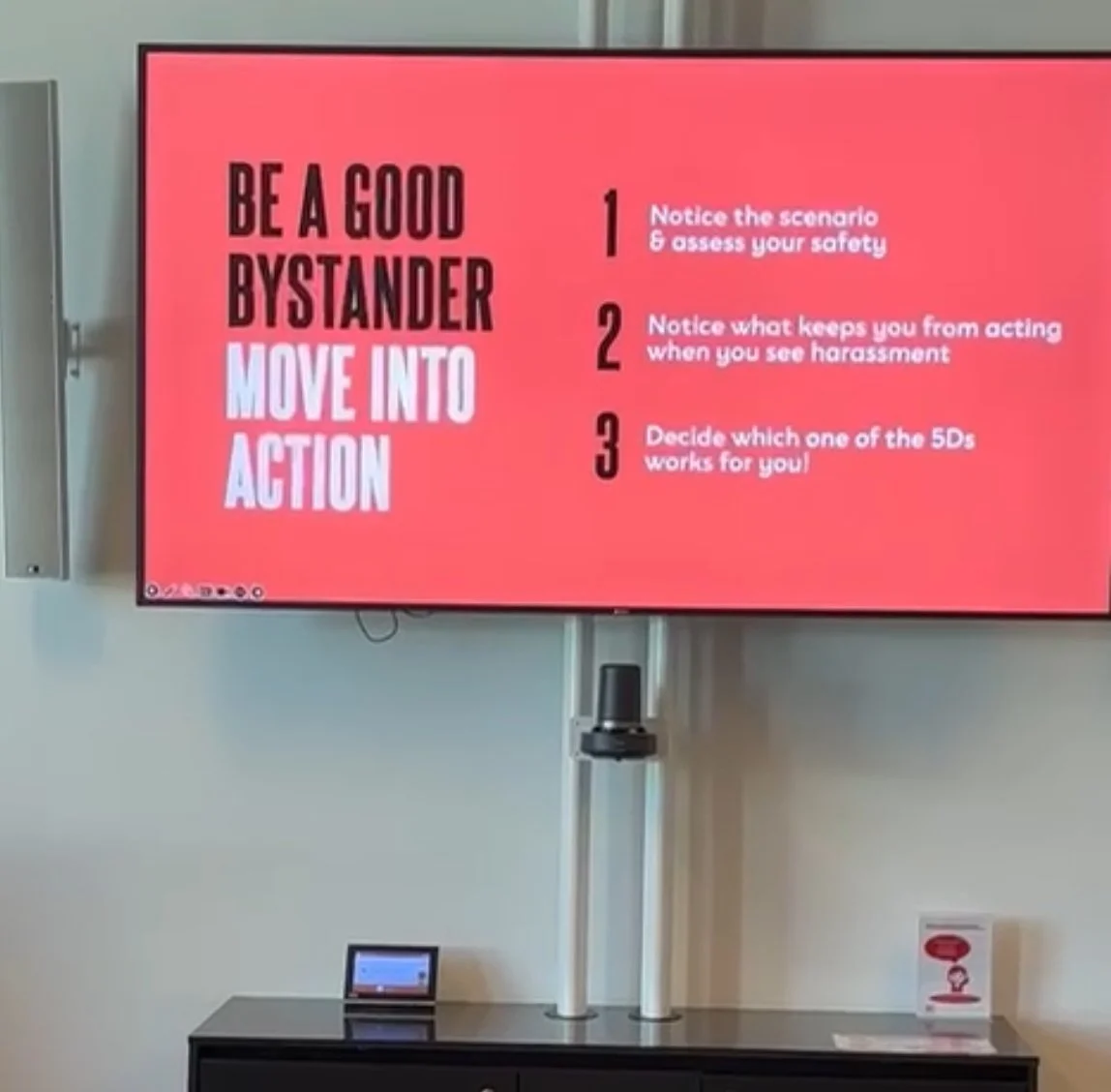
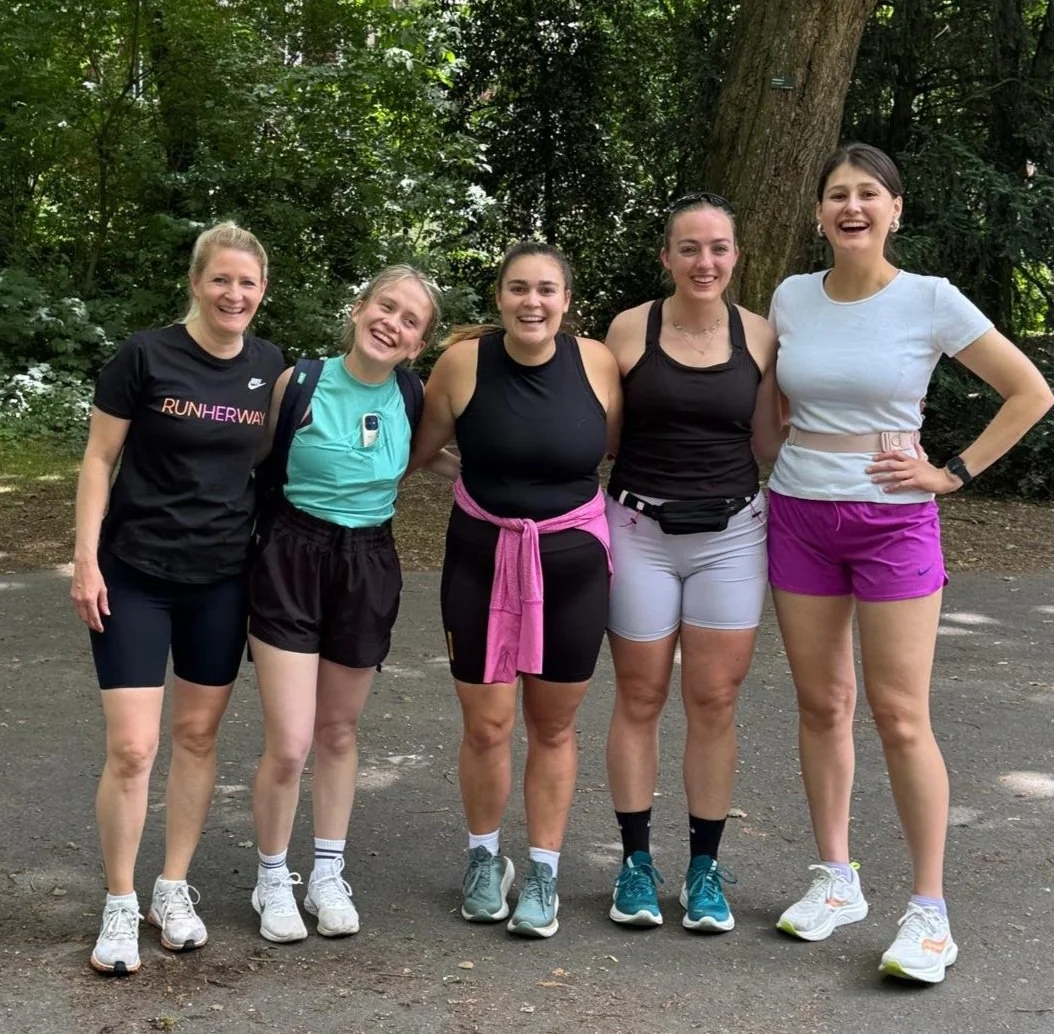
What Run Her Way participants said:
“I stopped running outside completely because it made me too scared and it isn’t fair.”
— RHW PARTICIPANT, AGE 35-44
“Ik ben stelselmatig misbruikt en aangerand, dit is een goed initiatief.” / “I have been systematically abused and assaulted, this is a good initiative.”
— RHW PARTICIPANT, AGE 35-44
“I love running by the canals but I feel very unsafe there during the evenings (which is when I usually run) because there are always groups of creepy men so I switched to the treadmill instead. It would be super helpful to have a network of different routes women run and feel safe during the evenings.”





